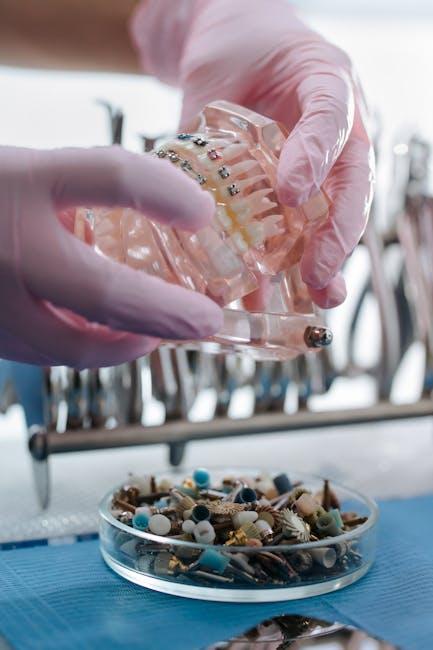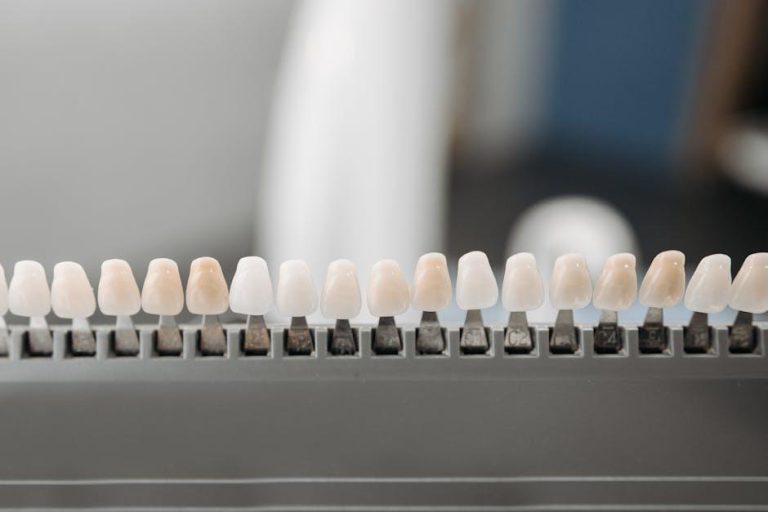
Scientists Grow Living “Replacement Teeth” for Dental Implants – Futurism
Imagine a future where dental implants are not just artificial components, but living, bioengineered teeth that integrate seamlessly with your gums and jawbone. This futuristic vision is rapidly becoming a reality as scientists worldwide make groundbreaking advances in growing living replacement teeth for dental implants. This article explores these pioneering developments, covering the science behind living tooth regeneration, the associated benefits, real-world implications, and what this means for the future of dental care.
What Are Living Replacement Teeth and How Are They Grown?
Traditional dental implants rely on titanium screws surgically inserted into the jawbone to support artificial crowns. While effective, these implants lack the natural features of living teeth, such as periodontal ligaments that absorb bite pressure and sensory nerves that detect touch. Living replacement teeth, on the other hand, are bioengineered teeth grown from stem cells that can mimic the structure, function, and biological integration of natural teeth.
The Science Behind Bioengineered Teeth
Growing living replacement teeth involves several advanced techniques:
- Stem Cell Cultivation: Dental or embryonic stem cells are harvested and cultured in specialized environments.
- Tissue Engineering: Scientists use scaffolds, often made of biodegradable material, to shape the teeth as they form.
- Cell Differentiation: Stem cells are guided to differentiate into enamel, dentin, pulp, and cementum — the key tooth components.
- Transplantation: The matured tooth germ is implanted in the patient’s jaw, where it continues to develop, erupt, and integrate naturally.
Benefits of Living Replacement Teeth Over Conventional Implants
Growing living replacement teeth offers numerous advantages that could ultimately replace traditional dental implant methods:
- Biological Integration: These teeth fuse naturally with the jawbone and gums, reducing risks of implant rejection.
- Periodontal Ligament Formation: Unlike metal implants, living teeth develop ligaments that act as shock absorbers, improving bite feedback and comfort.
- Self-Repair: Bioengineered teeth may have the potential to repair minor damage autonomously, unlike inert implants.
- Reduced Complications: The risk of inflammation, infection, and bone loss around implants is minimized thanks to better tissue compatibility.
- Enhanced Aesthetics: Natural tooth color, translucency, and texture are better replicated with living teeth.
Quick Comparison: Living Replacement Teeth vs. Traditional Implants
| Feature | Living Replacement Teeth | Traditional Implants |
|---|---|---|
| Material | Biological tissue, grown from stem cells | Titanium or zirconia metal alloy |
| Integration | Natural fusion with periodontal ligament | Osseointegration with bone only |
| Sensory Feedback | Present, similar to natural teeth | Absent |
| Longevity | Potential for life-long maintenance and self-repair | May require replacement or maintenance over time |
| Procedure | Regenerative surgery and bioimplantation | Oral surgery with implant placement |
Case Studies and Real-World Applications
Published research and clinical trials demonstrate promising results for the viability of living replacement teeth:
- Mouse Model Success: Early studies successfully grew bioengineered teeth in mice that erupted and functioned normally within the jaw.
- Human Tooth Germ Regeneration: Researchers have cultivated tooth germs from human dental pulp stem cells, with plans to progress toward clinical human trials.
- 3D Bioprinting Advances: The intersection of 3D printing and stem cell biology has accelerated development, allowing precise shaping of tooth structures before implantation.
Practical Tips for Patients Considering Future Living Tooth Implants
Although still in development, staying informed and prepared can help prospective patients benefit from future breakthroughs:
- Maintain Good Oral Health: Healthy gums and jawbone optimize potential success with regenerative therapies.
- Follow Research Updates: Keep an eye on clinical trial reports and consult your dentist about emerging options.
- Understand Your Options: Traditional implants remain safe and effective; living replacement teeth may complement or eventually replace them.
- Be Patient: Bioengineered teeth are on the horizon but widespread availability could still take years.
The Future of Dentistry: What to Expect
The intersection of biotechnology, stem cell science, and material engineering is set to revolutionize dental care. Living replacement teeth are just one part of a larger trend toward naturally integrated, biologically dynamic implants. Future developments may include:
- Personalized Tooth Growth: Cultivating teeth tailored to individual anatomy and bite.
- Minimally Invasive Implantation: Techniques to reduce surgery time and recovery period.
- Enhanced Longevity and Performance: Teeth that adapt and maintain themselves over a lifetime.
- Cost Reduction: Wider adoption could make living dental implants more affordable and accessible.
Conclusion
Scientists growing living replacement teeth for dental implants are paving the way for a true revolution in oral health. These bioengineered teeth promise superior integration, comfort, and aesthetics compared to traditional implants. While clinical use is still emerging, the potential benefits for millions of patients worldwide are transformative. Staying informed about cutting-edge dental research can help you prepare for a future where replacing teeth with living biological implants is the new norm. This exciting advancement signals a giant leap forward in the journey toward restoring natural function and beauty to smiles everywhere.


